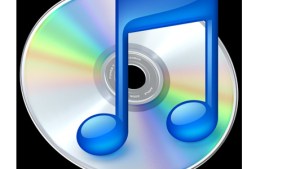
Apple’s iTunes service has been offering television episodes for sale for $1.99 each for some time now, but as competition from services like Hulu enable free access to many popular show—and on-demand offerings from cable and satellite providers offer greater amounts of content—Apple is under increasing pressure to increase the appeal of shows available through iTunes. Now, Bloomberg reports that three separate courses “familiar with the plan” have Apple talking with News. Corp about offering popular Fox television shows on a 48-hour rental basis at a $0.99 per-episode price point.
Other companies in talks with Apple apparently include CBS and Disney. Following Disney’s acquisition of Pixar, Apple CEO Steve Jobs is Disney’s largest single shareholder.
According to the report, the rental television shows would function in much the same way as show purchases: they would be playable on computers and easily transferrable to iPhones, iPods, iPads, and the Apple TV. Episode rentals for $0.99 might be appealing to consumers who don’t see the point of spending $1.99 for something they’re only going to watch once, but who don’t want to have to endure the overhead (and advertisements) shoveled at them through video-on-demand services or Hulu.
Television networks may be interested in the proposal as a possible new revenue stream, especially since a recent report from SNL Kagan has U.S. cable television subscriptions falling for the first time. The report attributes the drop to the weak U.S. economy and consumers increasingly turning to Internet-based services.


